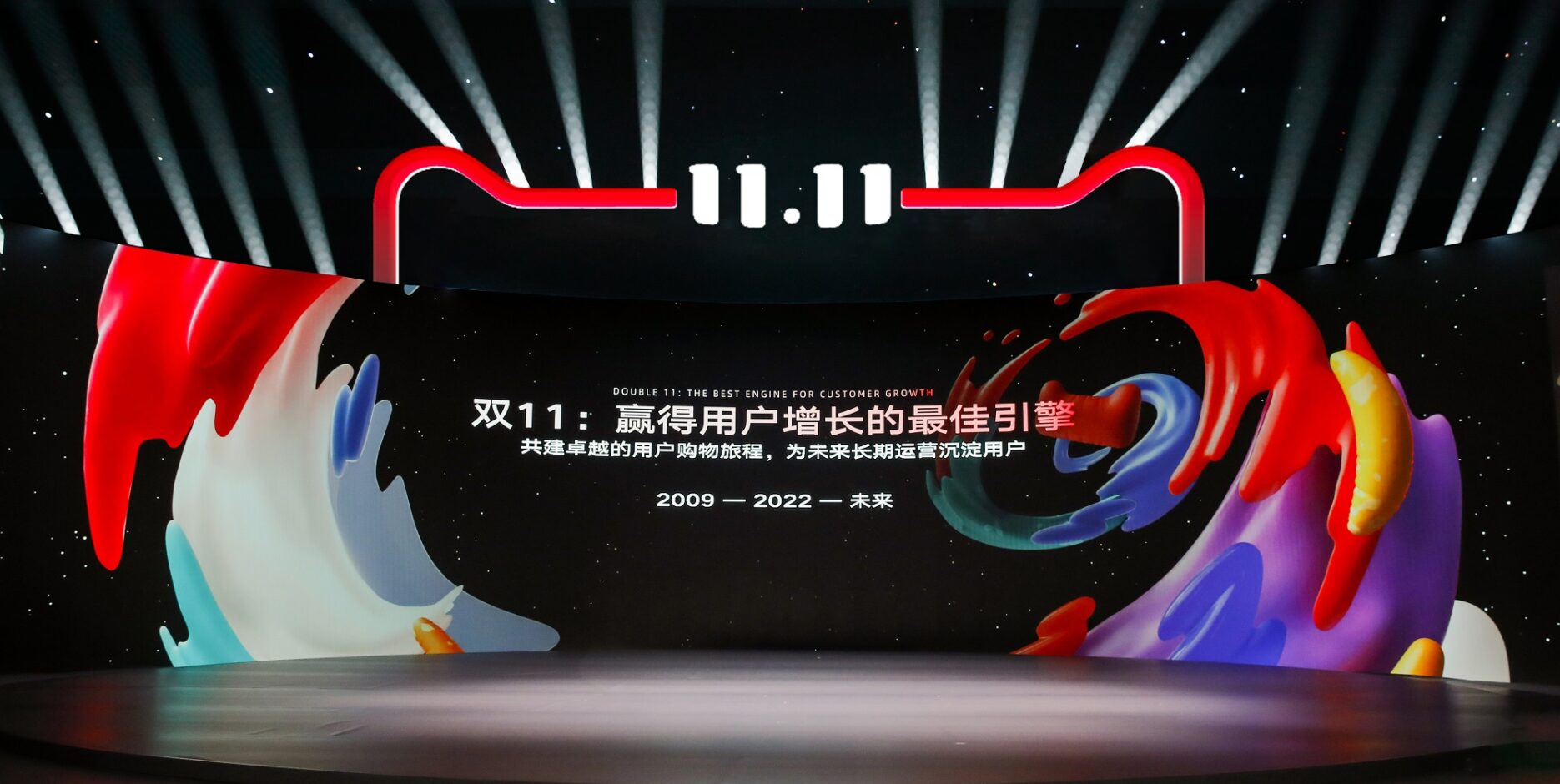Double 11 or “Singles Day” between 2014 and 2020 grew year-on-year between 25% and 60%. In 2021 it slowed but still achieved 8.5%. Thus far in 2022 Alibaba has demurred from sharing exact figures but has stated that it has performed “in line” with 2021. It was originally conceived by Tmall as a celebration of singledom and has grown into the world’s largest online retail event (Tmall Double 11 is 8x vs Black Friday).
Public data shows that for many apparel brands it was the cornerstone of their online revenue often accounting for more than 15% of the annual total. Insiders say the true percentage is often much, much higher. The promotional nature of the event combined with high marketing costs (buying traffic as well as creating compelling content to convert that traffic) has meant that these events in and of themselves were rarely profitable. The pressure on e-commerce teams to beat last year’s performance to keep both corporate HQs and the Tmall algorithm on the side was intense.
E-commerce in China had become an exercise in discounting and brand equity erosion.
Next along came livestreaming which compounded the issues. All-powerful live-streamers demanded extremely aggressive discounts, exclusive products and deals for their followers. They also received hefty commissions. Fortunes and mega-stars were made but, again, at what cost to business profitability and brand image and equity? What was all this doing to business bottom-line performance and resultantly, long-run viability? What about consumer behaviour? Why would they buy between promotions when they know they just need to wait a few weeks before the next “big push”? And the brands themselves? Being endlessly on discount is never good for a brand. E-commerce in China had become an exercise in discounting and brand equity erosion.
But the online landscape has been shifting of late. In our view, it is a result of two major factors: regulation and brand “fatigue” at the operating model that was so reliant on promotional activities.
First, regulation. There was a time when investment in alternative platforms was hard to justify. Tmall’s stranglehold on traffic made them marginal endeavours at best and the backlash from Tmall was also problematic. Frequently, the juice was simply not worth the squeeze and brands were better off focusing on optimising their Tmall businesses.
The old adage “revenue is vanity but profit is sanity” had been suspended for many businesses.
Then the central government stepped in with a raft of measures. Almost overnight brands were free to set up on JD.com etc without the concomitant downsides on Tmall we had all gotten used to and reluctantly acquiesced to. That then led to more platforms springing into life. The Little Red Book (or Xiaohongshu), Douyin, and Pinduoduo all suddenly became platforms brands could and (should) work with.
Secondly, business and brand “fatigue”. The old adage “revenue is vanity but profit is sanity” had been suspended for many businesses as they chased year-on-year revenue-beating strategies whilst desperately trying to recover some profitability for the e-commerce businesses between promotional events. For most, there was little profit associated with Tmall.
It was a prisoner’s dilemma for brands: all your competitors delivered beautiful growth numbers so you had to too.
And, as mentioned above, livestreaming only exacerbated that issue. The revenue-chasing was akin to a heroin addiction – toxic and extremely hard to get away from. In fact, it was a prisoner’s dilemma for brands: all your competitors delivered beautiful growth numbers so you had to too, right? Who would “blink” first and take the heat associated with “underperforming”.
Brands were looking for a way to go “cold turkey” so when the regulation kicked in opening up these new platforms and routes to consumers the energy and desire were absolutely there to go after them. This has hastened and exacerbated the slowdown on Tmall.
For every RMB decline on Tmall it is now easily more than made up for on other platforms where discounting is not so endemic. There are platforms for that such as VIP.com and Pinduoduo but there are others where a brand can showcase its offering without that compromise.
Of course, Tmall is not over. Not even close to being over. It is still the major force in China’s e-commerce and it is hard to envisage an e-commerce business in China without it. However, it is not the “be-all and end-all” that it was. It is also much more pleasant to work with these days. More of a partner than a bully.
In our view, there has never been a better time to grow your e-commerce business in China. A brand can choose where and how to show up more now than ever before.
Additional research by Gary Liu









